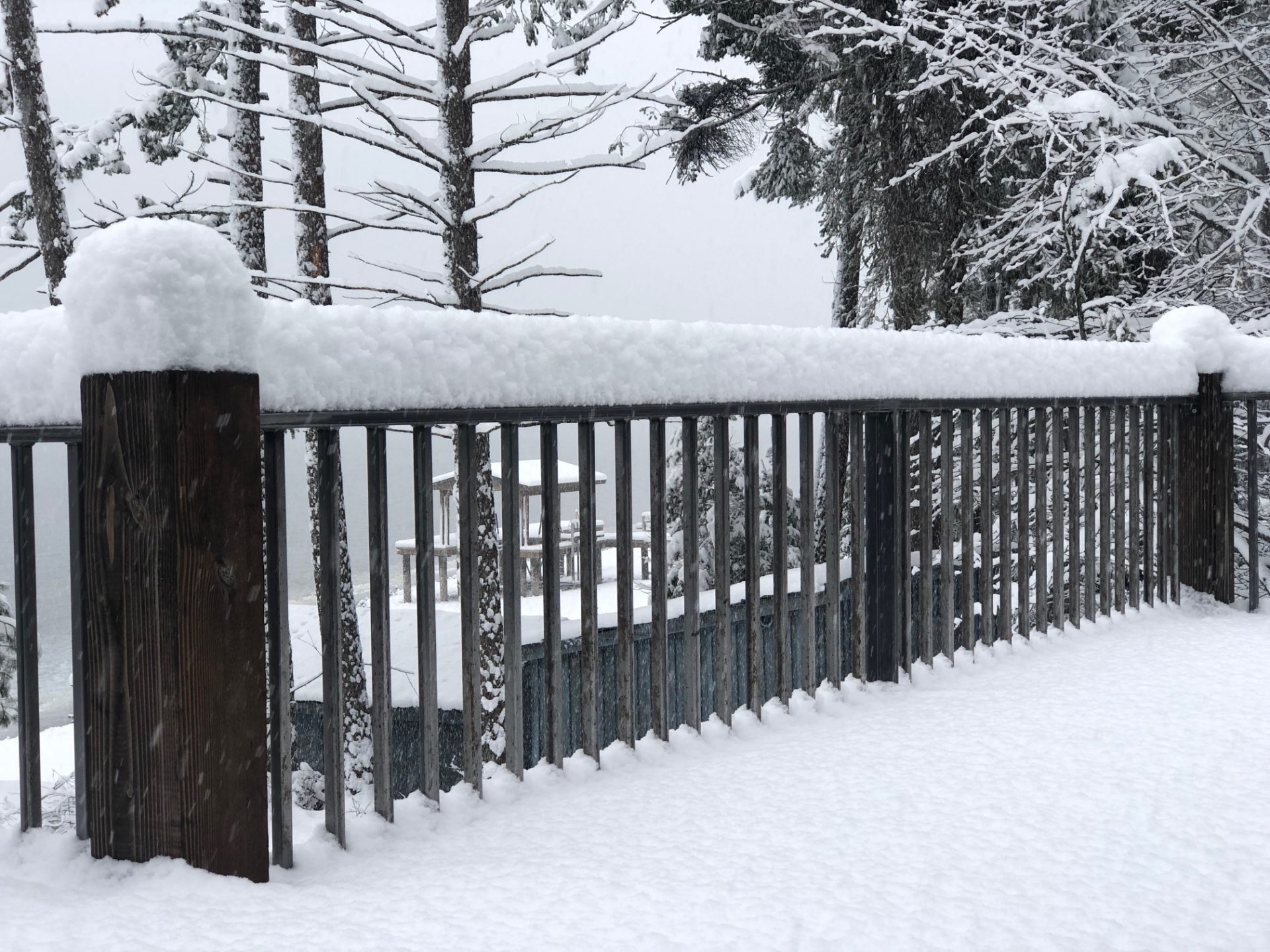Winter Storm Tips
Have food and water, fuel, medications, batteries, and blankets on hand. Have good tires on your vehicle prior to the first storm. Tire shops will be much less busy prior to the first snowfall. Allow extra time to reach your destination. Prepare your vehicle for winter driving by carrying an ice scraper, phone charger, emergency kit, and alway keeping fuel levels at a half tank or more.
If you choose to brave the elements, dress properly for the weather, including a hat, scarf, coat, mittens, socks and water-resistant footwear. This does not include stilettos! Laugh, but you’d be surprised at how many falls and/or trips to the ER are due to high-heeled shoes in the winter. Like tires, make sure footwear has good tread! When walking at night, wear outer clothing that contrasts with the white snow so you can be seen.
Watch where you are going. Pay attention to traffic and traffic signals. Leave your phone in your pocket. Don’t assume a vehicle can stop just because they’re supposed to. The roads may be slippery and they may have forgotten to get snow tires on! Expect ice on bridges and in shady spots.
Prevent hypothermia and frostbite by wearing layers of loose, warm clothes. Wool is best. Cover your mouth while outside to protect your lungs from the extreme cold. Keep dry; wet clothing loses all of its insulating value and transmits heat rapidly.
AAA suggests the following for driving safely: Avoid using cruise control in wintry conditions. Steer in the direction of a skid so when your wheels regain traction, you don’t have to overcorrect to stay in your lane. Accelerate and decelerate slowly. Increase following distance to 8 to 10 seconds. If possible, don’t stop when going uphill. When the rain and snow start to fall, so do people. Falls are the leading cause of nonfatal injuries in adults 45 and older. Protect yourself from a life-changing injury this winter by choosing the right shoe, leaving early, walk like a penguin by taking short steps and walk as flat-footed as possible on ice or slippery ground, and keep your hands free and out of your pockets so you can help balance!
Fun Fact: If a snow storm covers the entire state of Montana, the miles required to plow the whole system equates to 1 time around the earth and will be accomplished within 24 hours!


